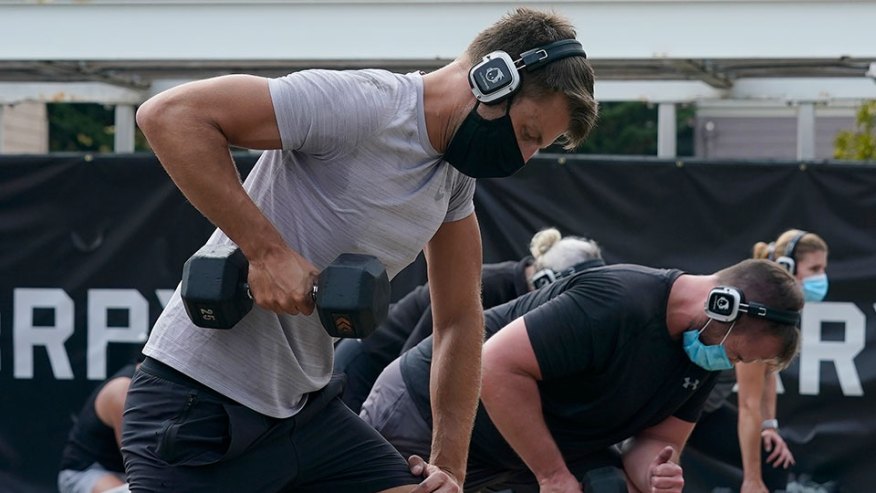
By Robert L. Herron, MA, CSCS*D, ACSM-CEP |
The COVID-19 pandemic has certainly impacted how and where people can be physical active. However, for those who have tested positive for COVID-19, returning to physical activity should be done carefully and the plan should reflect a person’s individual’s circumstances. As with every debate related to exercise, it is nuanced.
It is important to emphasize that people should consult their physician if they have any questions or concerns about their specific health situation – especially related to COVID-19.
When someone is sick, symptoms generally dictate the extent to which someone should rest or exert themselves – under most circumstances. Exercise is not recommended for those with fever, chest congestion, stomach-related issues, or other common symptoms like muscle aches or fatigue.
However, being active with typical, mild-cold symptoms (runny rose, congestion, sneezing) is OK; provided the intensity and duration are reduced to limit strain on the body’s many systems. Additionally, if you are contagious, you should avoid situations during which you could expose others. In the past it was common for people to say, if the symptoms were “above the neck” then exercise is fine.
The key here is – COVID-19 is not a typical cold and should be treated differently.
The current CDC recommendations for those who have tested positive for COVID-19 are to isolate – and avoid exercise during isolation – regardless of severity of the symptoms or lack thereof. The isolation period is recommended to be ≈ 10 days (variable case-by-case). Those who experience moderate to severe symptoms should consult with their physicians prior to returning to a regular exercise program. The scientific evidence is still evolving, but COVID-19 infections impact the cardiovascular system, respiratory system, and cause systemic inflammation. For some, there is a risk of developing myocarditis, pericarditis, blood clots, or other cardiac injuries which can lead to injury or death.
Additionally, consultation from a physician is important for those that have experienced symptoms and have been categorized as “long–haulers”.
For those who had COVID-19, experienced no/mild symptoms, and have met the criteria of ending their isolation – exercise progression should be gradual. The risk of developing further cardiovascular symptoms is lower – but not zero. Some degree of detraining will have taken place during the period of time in which a person was inactive. Additionally, if the person experiences any abnormal symptoms during exertion, they should stop exercising and contact their physician for further guidance. Avoiding high-intensity exertion for 10-14 days would be advisable.
If this pandemic has taught us anything the keys to success are prioritize your safety, follow the expert’s guidelines, and gradual progression back to normal is key. Don’t press your luck.
Robert L. Herron is Acting Director of Sport Exercise Science at the United States Sports Academy. Robert is a Certified Strength and Conditioning Specialist® with distinction from the National Strength and Conditioning Association (NSCA-CSCS*D®) and a Clinical Exercise Physiologist through the American College of Sports Medicine (ACSM-CEP®). rherron@ussa.edu